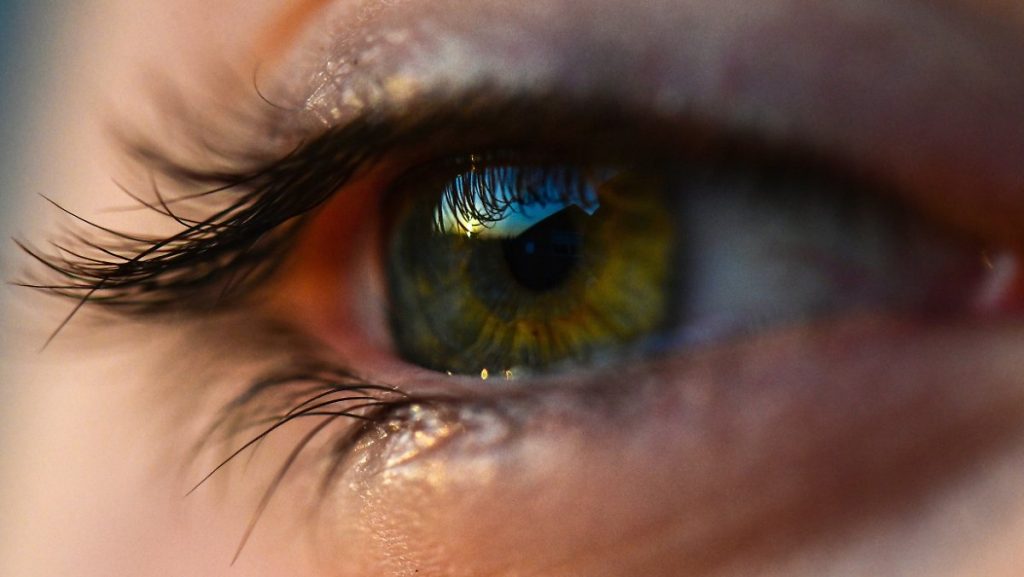The study initially with mice
Nanoparticle injection enables night vision
06/21/2022, 09:00 AM
Night vision without a night vision device: What sounds like science fiction could soon become a reality. Researchers can make mice see in the near-infrared range — by injecting nanoparticles into their eyes. Similar nanoparticles could also help people with poor eyesight and eye diseases.
Humans can only see light in a limited range of frequencies. Low frequencies such as infrared are invisible to our eyes because the photoreceptors do not respond to them. Technologies such as night vision goggles make this frequency range visible, for example by converting near-infrared rays into visible light. But it can also function without it, a study shows.
Scientists from the University of Massachusetts Medical School and the University of Science and Technology of China have developed nanoparticles that mice can see at night. for their studies that Specialized magazine “Cell” Noon, Jang Han’s team injected nanoparticles under the rodents’ retina. The nanoparticles are then transported into the eye by the bloodstream. There, the so-called nano-antennas are attached to the photoreceptors, that is, the cells responsible for perceiving light. This allows the eye to respond to near-infrared light, which normally does not trigger a signal.
According to the study, a series of experiments showed that mice can actually see in this frequency range: for example, if near-infrared light was shone into the eyes, only the pupils of the injected mice narrowed, while the pupils of the control group did not react. In the injected mice, the near-infrared light also activated the visual cortex, which is responsible for visual perception in the brain. Further investigation also showed that the ability to see at night, apparently not parallax Weakness under visible light.
Night vision without complicated devices
The anchored particles expand the visible light spectrum in such a way that animals can perceive near-infrared radiation in the invisible range, the researchers wrote. The brain then processes this information and interprets it as an image. “This is done without the aid of complex equipment,” the study says. After the injection, the effect persists for up to two months.
In addition, this procedure appears to be relatively safe. Side effects were rare in test animals. According to scientists, the corneas of some animals became cloudy after the injection, but disappeared on their own within a week.
“So we think this technology also works for the human eye,” said lead author of the study Tian Xue. “In our experiment, the nanoparticles absorbed infrared light with a wavelength of 980 nm and converted it into light at 535 nm.” Light with a wavelength of 535 nanometers is visible to the human eye and perceived as green.
According to the researchers, it is conceivable that nanoparticles can be used not only to improve human vision, but also to treat visual impairments and eye diseases. “Through this research, we have greatly expanded the applications of nanoparticle technology. With a little help, we may have the ability to see all the hidden information of NIR and infrared radiation in the universe that is invisible to our naked eyes,” study author Jang Han.

“Total coffee aficionado. Travel buff. Music ninja. Bacon nerd. Beeraholic.”







More Stories
“Austria is turning into a political gravedigger”
Malaria mosquito appears in Italy | Nachrichten.at
The distance from Earth to the Moon is not that easy